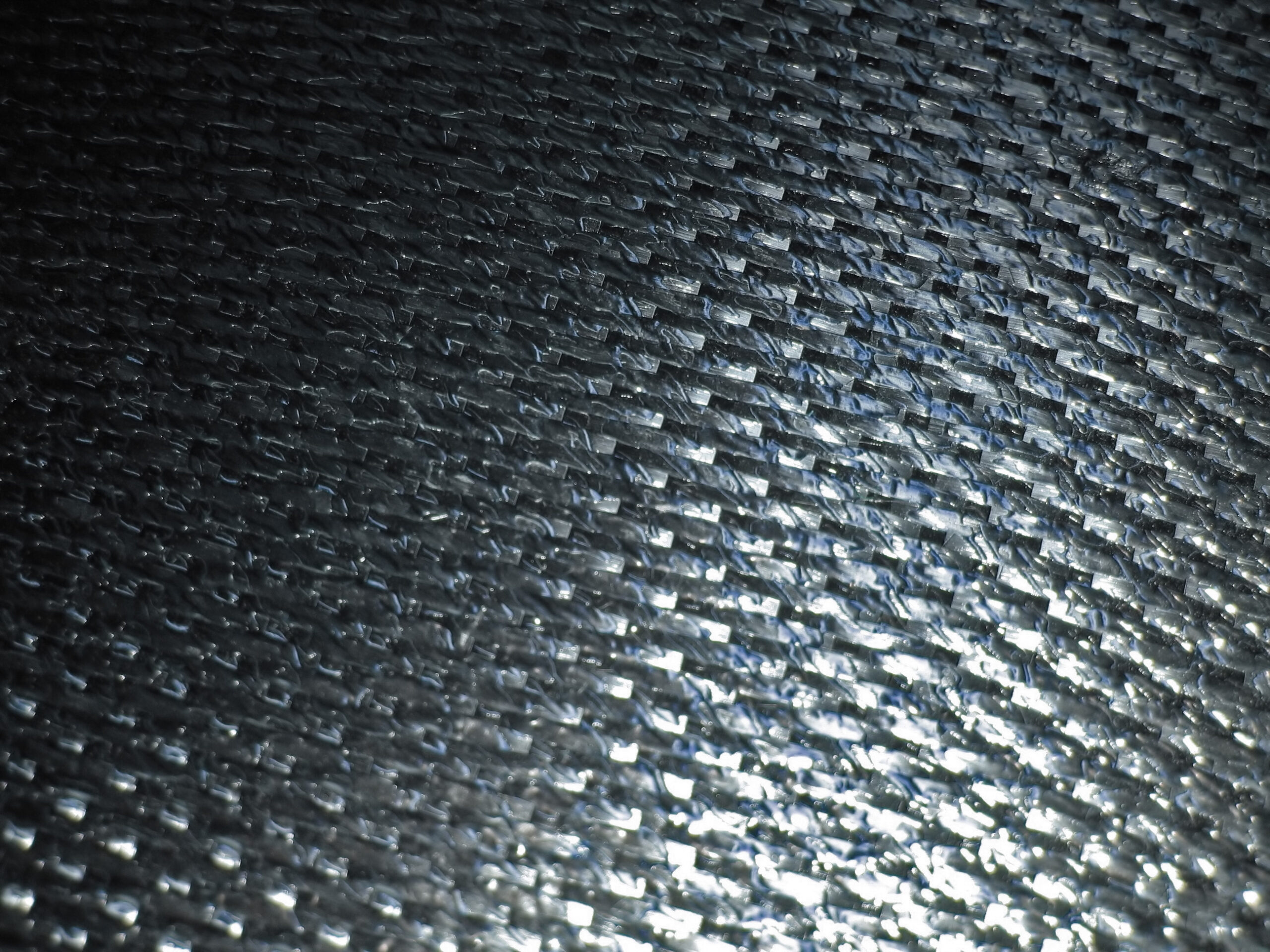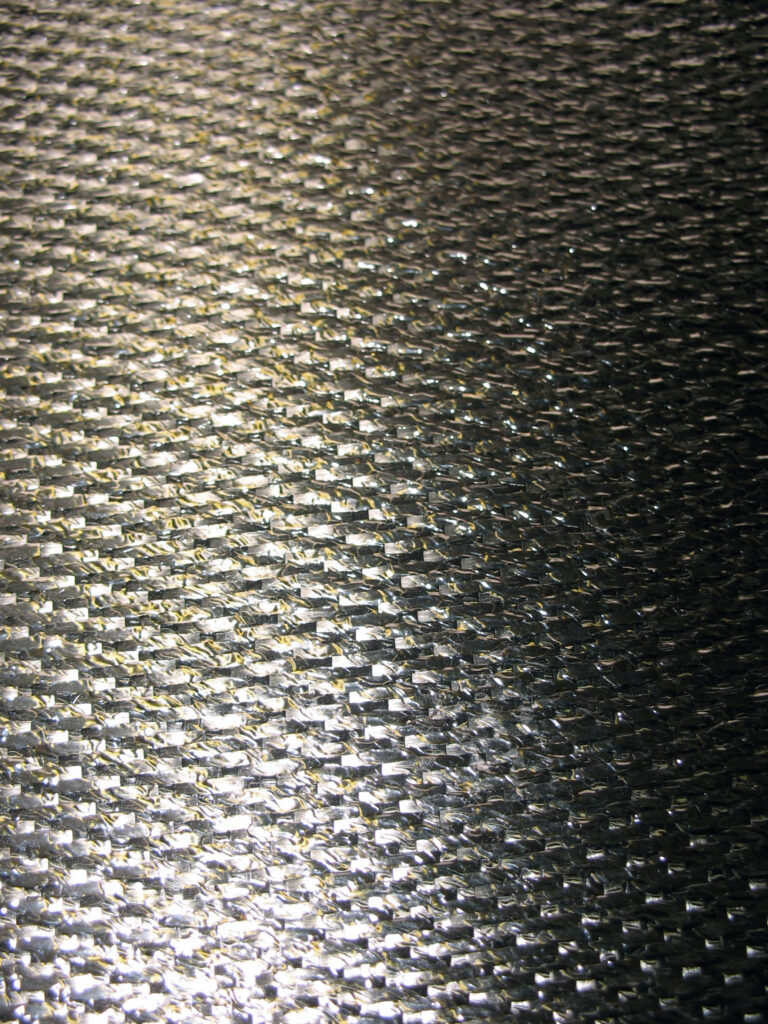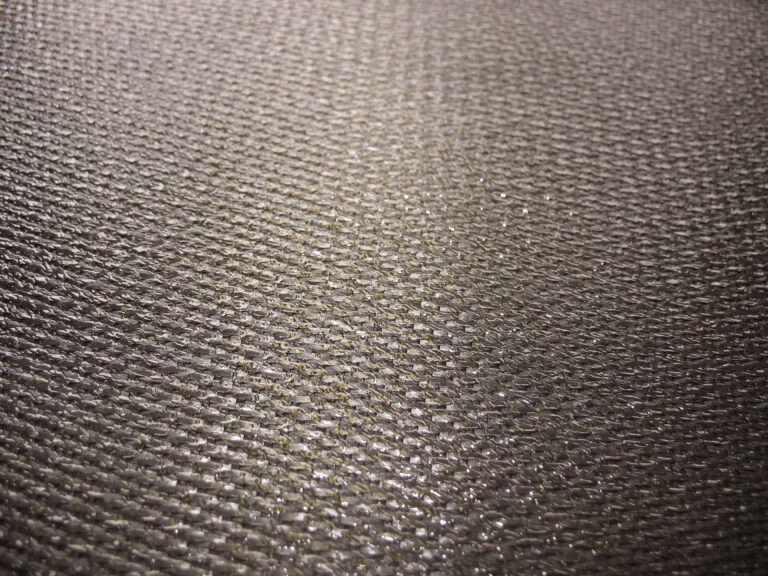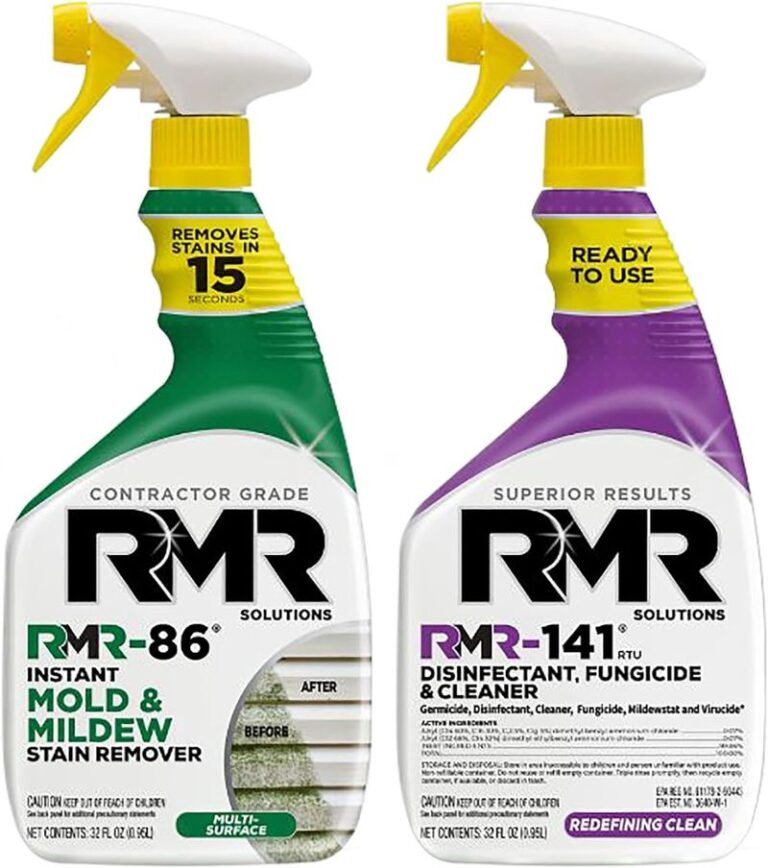The Truth about Mold in Your Home: Debunking Myths and Providing Solutions for Better Indoor Air Quality
Mold is a common problem that affects many homes, but it’s not always easy to detect or understand the health risks associated with exposure. In this article, we will debunk some of the most common myths about mold, identify signs of infestation, and provide solutions for improving indoor air quality.
Introduction to Mold and Its Health Effects
Molds are fungi that can grow almost anywhere, including on food, plants, and buildings. They play an essential role in nature by breaking down dead organic matter, but when they enter our homes, they can cause serious health problems. Exposure to mold can trigger allergies, asthma attacks, respiratory infections, and other illnesses. Some types of mold produce mycotoxins, which are toxic substances that can damage the immune system, nervous system, and liver.
Common Myths About Mold Debunked
1. Only visible mold is dangerous – While large patches of mold may be more noticeable, even small amounts of hidden mold can pose significant health risks.
2. Mold only grows in damp places – Mold can thrive in any environment where there is moisture, including drywall, ceilings, carpets, and furniture.
3. Bleach kills mold – While bleach can kill surface mold, it does not penetrate deep into porous materials like wood or drywall, leaving behind live spores that can continue to grow.
Signs of Mold in Your Home and How to Identify Them
Some common signs of mold include musty odors, water stains, peeling paint, and discolored walls or flooring. However, these symptoms may not always be obvious, especially if the mold is hiding beneath surfaces or inside walls. Other indications of mold infestation include respiratory issues such as coughing, sneezing, or difficulty breathing, skin irritation, headaches, fatigue, and digestion problems. If you suspect mold growth in your home, consider hiring a professional inspector who specializes in mold detection.

The Dangers of Ignoring Mold Infestation
Ignoring mold infestation can have severe consequences for both your physical and mental well-being. Prolonged exposure to mold can lead to chronic inflammation, weakened immunity, and increased risk of developing certain diseases such as cancer. Additionally, living in a mold-infested house can cause stress, anxiety, and depression due to the negative impact on overall health and quality of life.
Solutions for Improving Indoor Air Quality
To prevent mold growth, keep humidity levels below 60% and fix any leaks or sources of standing water immediately. Use exhaust fans in bathrooms and kitchens, and open windows regularly to allow fresh air circulation. Consider investing in high-quality air filters and purifiers to reduce the amount of mold spores in the air. Finally, if you discover mold growth, do not hesitate to contact a professional remediator to remove the contamination safely and effectively.

Conclusion: Taking Action Against Mold Infestation
Taking action against mold infestation is crucial for maintaining good indoor air quality and protecting your family’s health. By understanding the truth about mold, identifying its signs, and implementing effective solutions, you can create a safer and healthier living environment for everyone.





